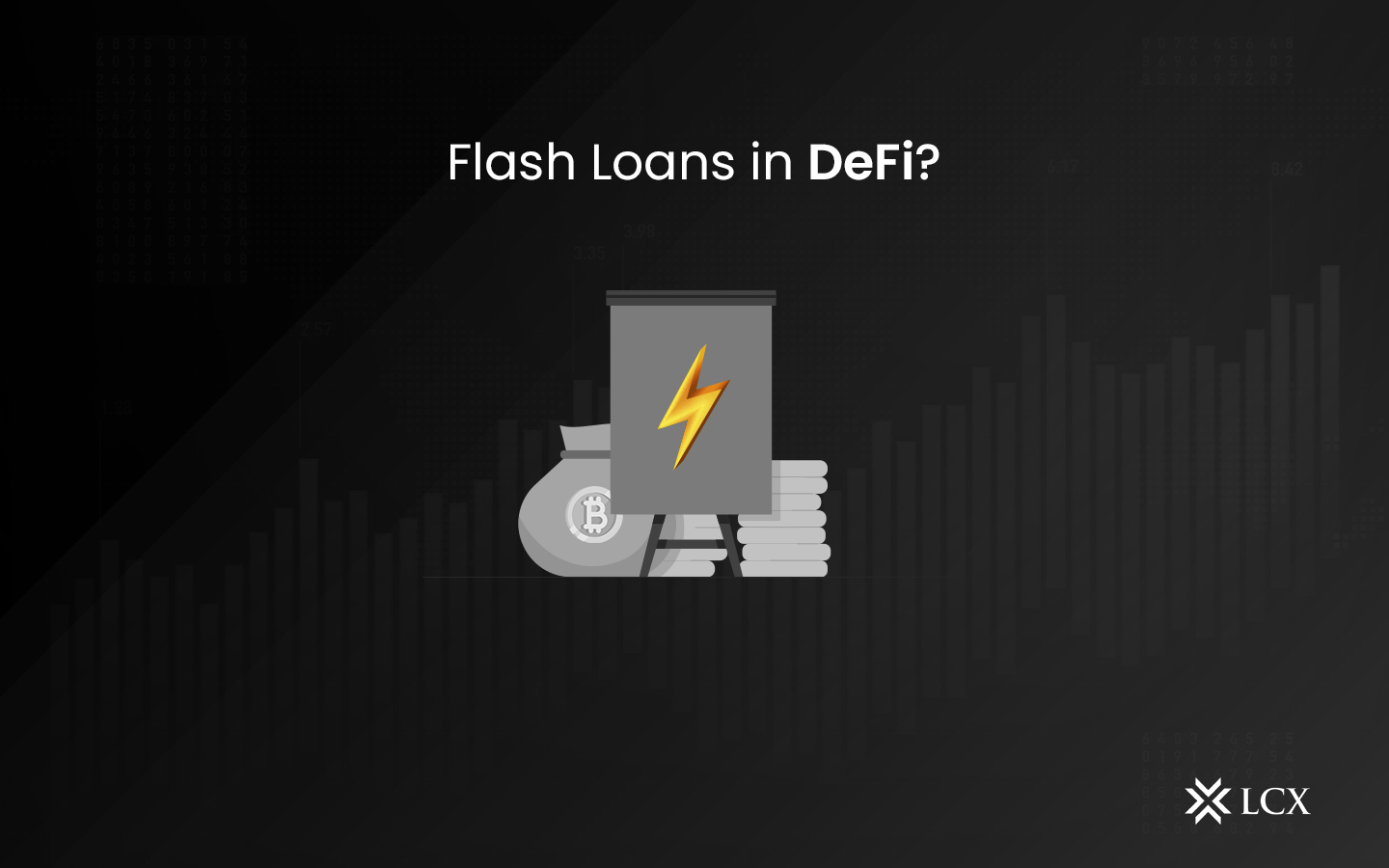Flash loans are a type of uncollateralized (or unsecured) lending made available to investors by some decentralized finance (DeFi) networks and protocols.
Flash loans are simply loans in which a lender lends money to a borrower with the expectation of repayment. However, there are some significant disparities to be made. Flash loans, in particular, make use of smart contracts, which are digital agreements that are anchored on a blockchain network.
Furthermore, when trading cryptocurrency, flash loans incorporate the entire transaction — from borrowing to repaying — in a single, instant transaction.
While they are now available on a variety of platforms, flash loans originated with Aave, a lending structure built on and allowed by Ethereum. Aave had approved more than $5 billion in flash loans as of December 2021, including some in the hundreds of millions of dollars.
Flash loans also have the following distinctive properties:-
Smart contracts: Smart contracts, which are blockchain-enabled mechanisms, are used in flash loans to avoid funds from changing hands unless certain conditions are met. In the case of a flash loan, the borrower should pay back the loan before the transaction lapses; otherwise, the intelligent contract overturns the transaction, making the loan appear to have never occurred.
Unsecured loan: Lenders frequently require borrowers to post collateral to ensure that if the borrower defaults on the loan, the lender can still recover their money. An unsecured loan, on the other hand, does not need collateral.
The lack of collateral somehow doesn’t ensure that the borrower will not repay the lender’s flash loan. It is returned in a different manner. Instead of offering collateral, the borrower must pay back the money right away, which brings us to our next point.
Instant: Obtaining and repaying a loan is usually a time-consuming process. Borrowers who are approved for a loan must repay it progressively over a period of months or years. A flash loan, on the other hand, is instantaneous.
The loan’s smart contract must be fulfilled by both parties contemporaneously with the loan’s transfer of funds. It necessitates the borrower invoking other intelligent contracts to implement instant transactions with the loaned funds even before the trade expires, which usually takes a few seconds.
In some cases, this type of loan may be advantageous for traders looking to profit quickly from arbitrage opportunities built when 2 marketplaces price a coin diversely.
Why Do People Use Flash Loans?
There are numerous hoops to jump through when applying for a traditional loan: for one thing, you usually need some kind of collateral, and there is a creditworthiness and authorization process. Flash loans necessitate less time and less money.
Borrowers can take a more agile approach to trading and investing in crypto by removing those barriers and making funds available cheaply and instantly.
The most common application of flash loans is to try to scalp a profit by taking advantage of small arbitrage discrepancies in various sorts of crypto across multiple exchanges. Again, within the traditional lending model, there would most likely be insufficient time to capitalize on those discrepancies. However, flash loans make it feasible.
How Does a Flash Loan Work?
A “flash loan” allows a DeFi member to borrow crypto without having to provide collateral. The point is that the flash loans are encoded in a smart contract, which requires the user to return them in a similar transaction that alters the user’s Ethereum blockchain account balances. If they do not reimburse you, the transaction will fail.
Normally, this suggests that the loan is of a relatively short duration. Flash loans, on the other hand, allow Defi users to benefit from the loan’s versatility in a single transaction.
Conclusion
One of the most surprising innovations in the cryptocurrency world in 2020 was the rapid development of the Defi movement. Flash loans are one of a slew of new terms and concepts that have emerged in recent years.









